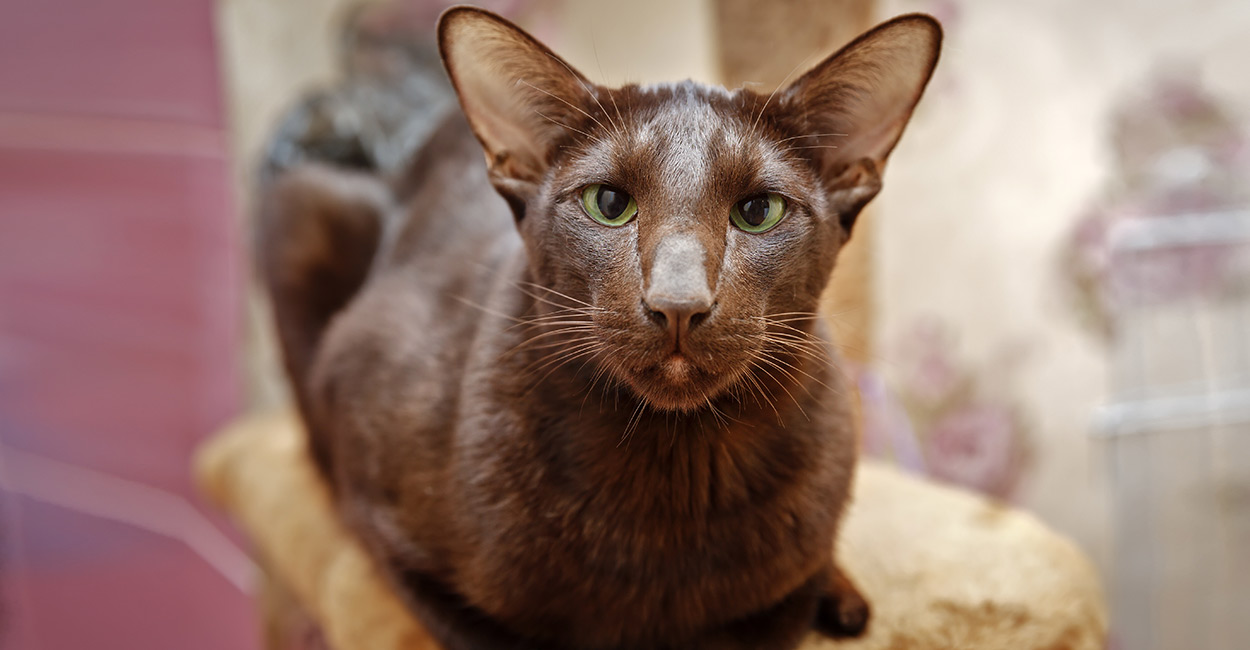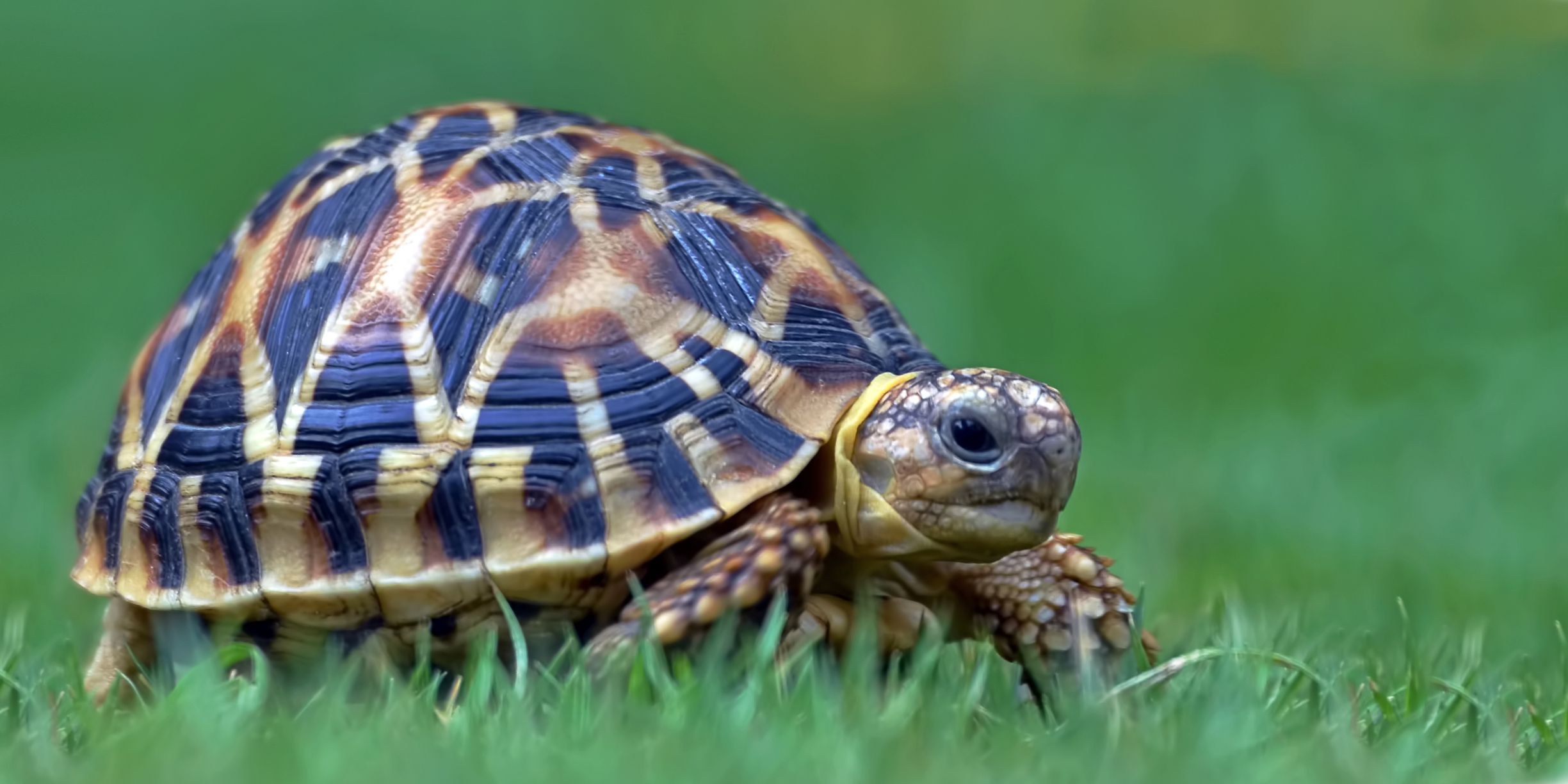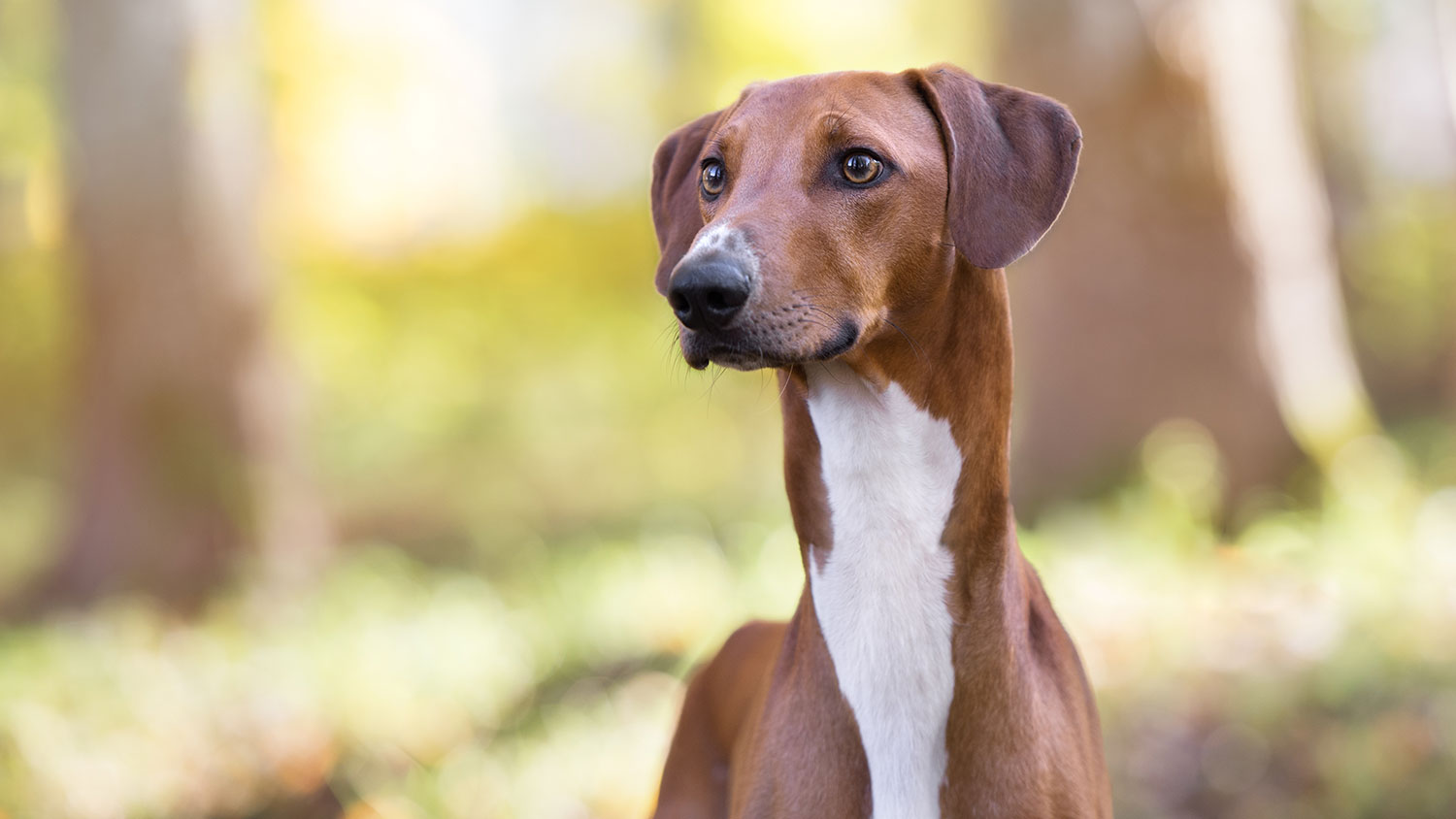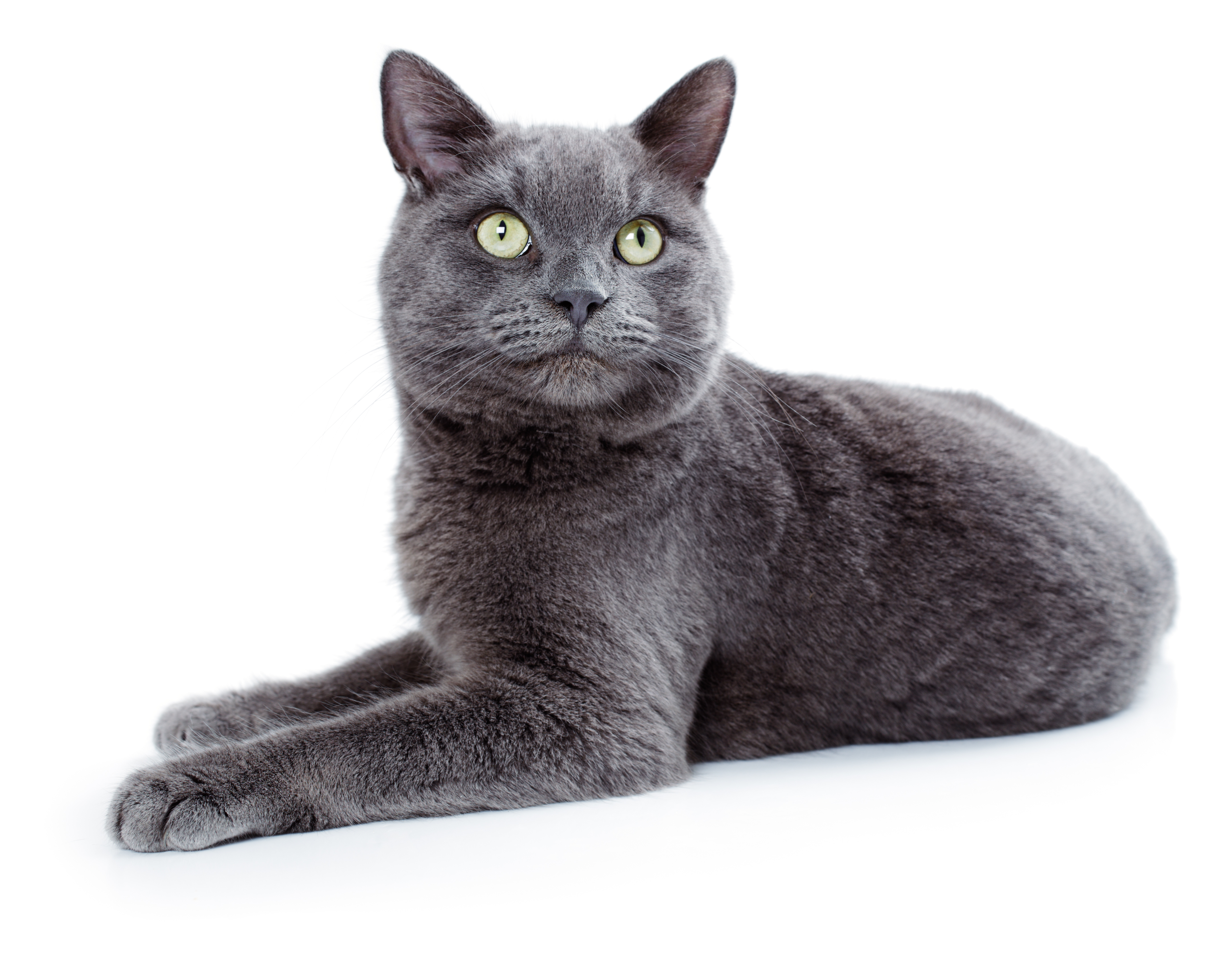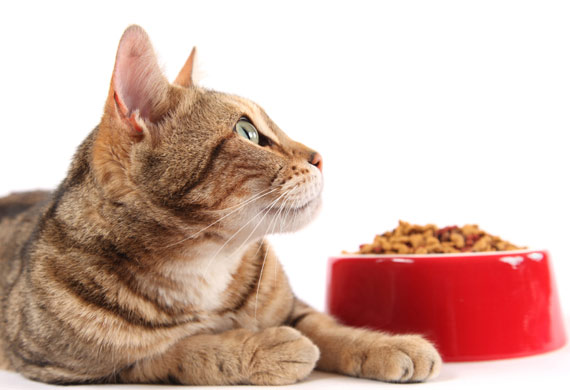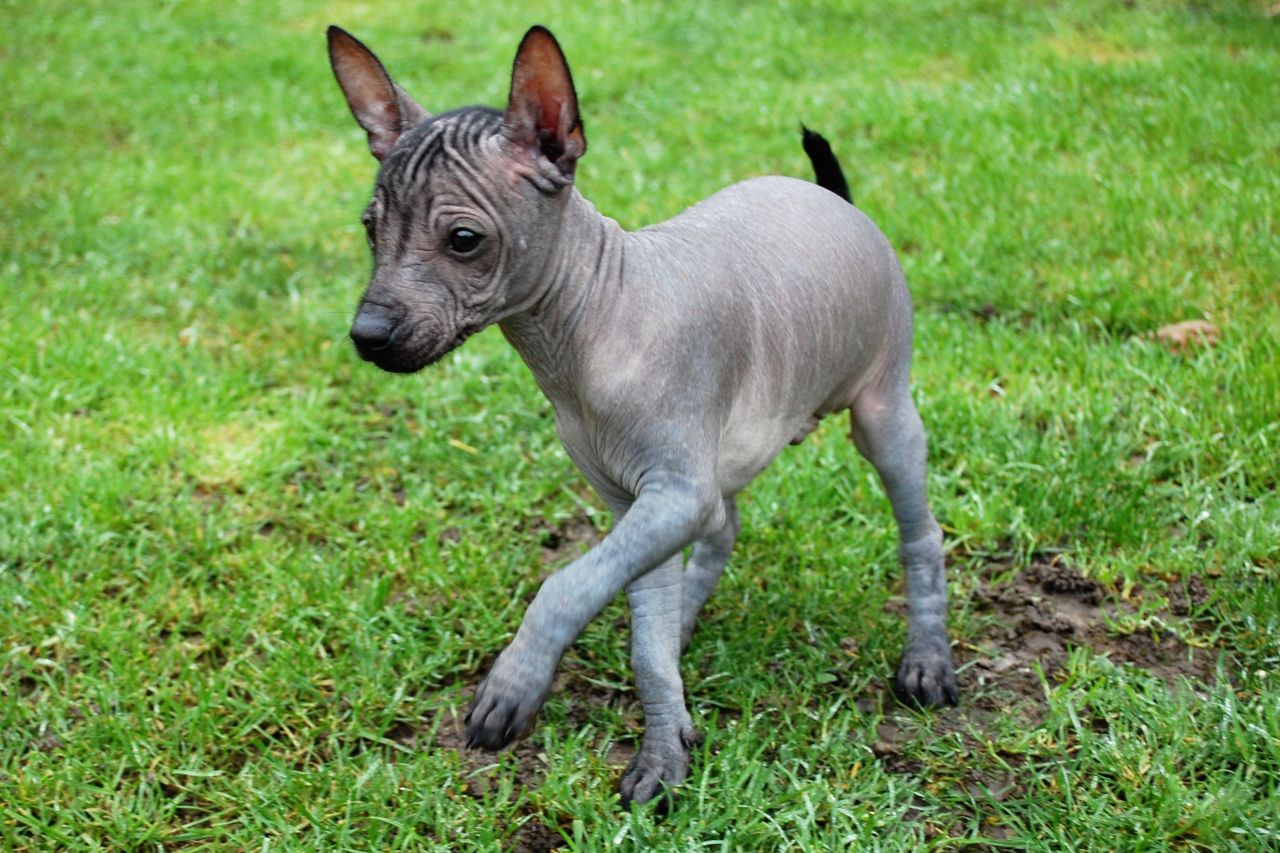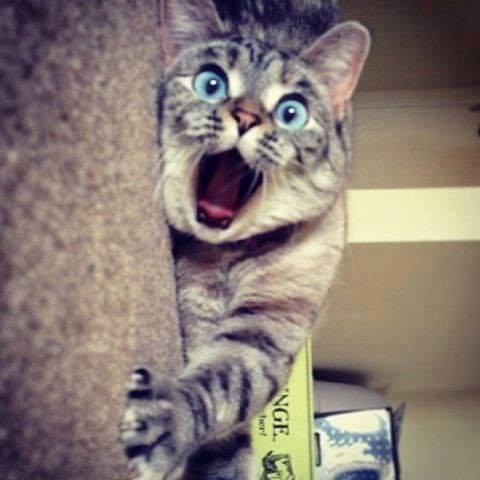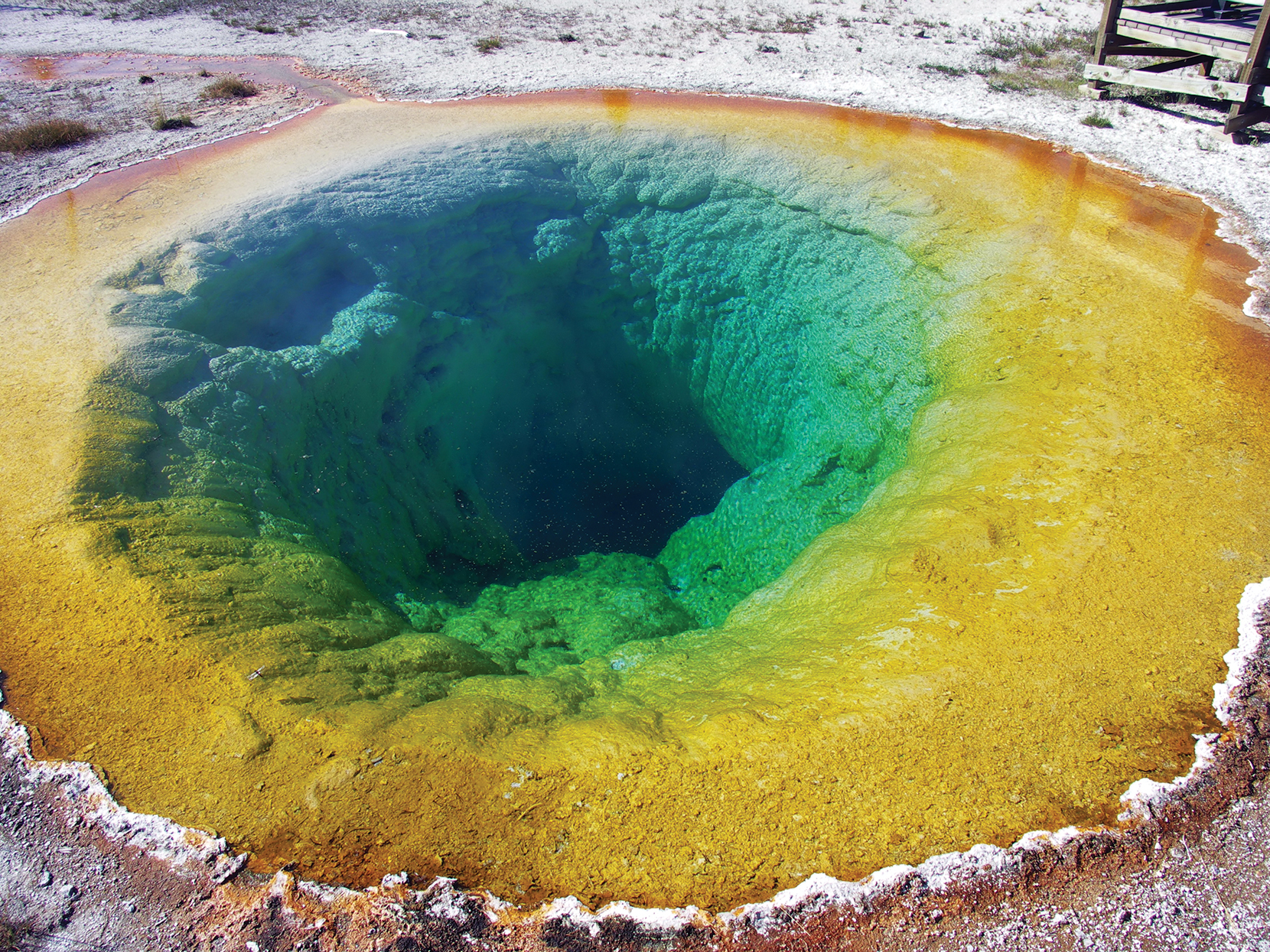
Fish
Blue-Green Algae ( Best Information & Guide )Blue-Green Algae ( Best Information & Guide )
Dealing with Blue-Green Algae your Guppy Tank There are many different potential problems that you are going to be dealing with when it comes to your guppy aquarium. Most of these problems are minor and can be kept under control. One such problem is blue-green algae but a particular one that can be potentially serious is cyanobacteria. This is sometimes called slime algae or smear algae. Most often the color is blue/green but it may also appear as brown or black or red. There will be no mistaking that you are dealing with cyanobacteria as it tends to get out a hand very quickly and as it grows it covers all of the inner parts of the aquarium with super speed. When you disturb it in any way it seems to come off in layers or as sheets. You will find that a very unpleasant odor is coming from the fish tank and this is the cause of it.

